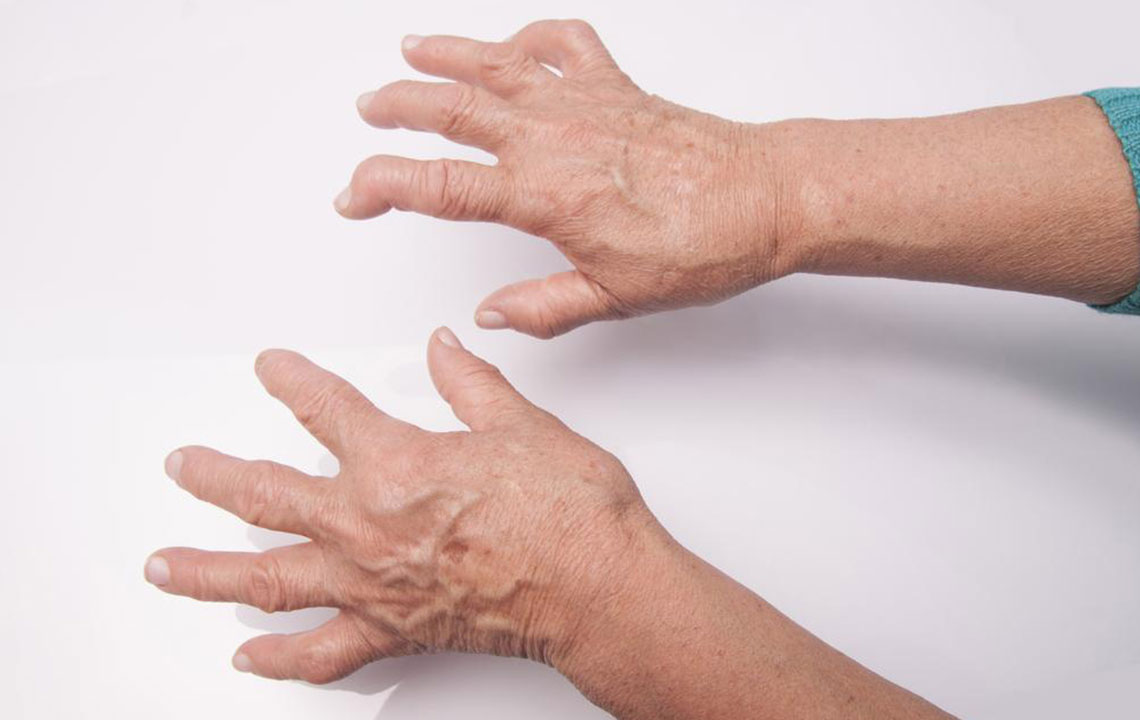Effective Strategies for Managing Rheumatoid Arthritis Discomfort
Discover comprehensive strategies to manage rheumatoid arthritis pain effectively. From medication options like NSAIDs and DMARDs to lifestyle modifications, physical therapy, and alternative therapies, this guide offers practical solutions for improving joint health and reducing discomfort. Early diagnosis and personalized treatment are crucial in preventing joint damage and enhancing quality of life for those affected by RA.

Effective Strategies for Managing Rheumatoid Arthritis Discomfort
Techniques to alleviate rheumatoid arthritis discomfort
Rheumatoid arthritis is an autoimmune condition where the immune system mistakenly attacks joint tissues, leading to inflammation. This causes thickening of the joint lining, swelling, and pain. If untreated, it can spread to bones, resulting in cartilage loss, joint instability, and reduced mobility. As a systemic disease, it can also impact the cardiovascular and respiratory systems. Over 1.5 million individuals suffer from RA, with women being more commonly affected than men.

Diagnosing rheumatoid arthritis early can be challenging since symptoms like joint swelling, redness, and warmth are common to many conditions. Confirmatory tests include:
Blood analyses measuring inflammatory markers like ESR, CRP, rheumatoid factor, and anti-CCP antibodies, which indicate inflammation.
Imaging procedures such as X-rays to monitor joint damage and MRI or ultrasound to assess disease severity.
While there is no permanent cure for RA, early detection paired with effective treatments can significantly lessen pain, prevent joint damage, and improve quality of life. Treatments may involve medication, surgical options, or lifestyle modifications depending on disease severity and duration. Common approaches include:
Medications:
NSAIDs for pain relief and inflammation reduction, though they can cause side effects like gastrointestinal or cardiovascular issues.
Steroids to control flare-ups, with potential side effects such as bone thinning or weight gain.
Disease-modifying antirheumatic drugs (DMARDs) that slow disease progression but may affect liver, lungs, or bone marrow.
Biological agents targeting specific immune pathways, with increased infection risk.
Physical therapy and exercises to maintain joint flexibility, taught by specialists.
Assistive devices to reduce stress on painful joints during daily activities.
Chiropractic care, used cautiously, may help realign joints but carries risks due to spinal manipulation.
Surgical procedures, including synovectomy, tendon repairs, joint fusion, or replacement, in cases unresponsive to medication.
Lifestyle adjustments like regular, gentle exercise, heat or cold therapy, stress management techniques, and relaxation practices like Tai Chi.
Complementary treatments such as fish oil or plant-based oils, taken under medical guidance, which may reduce stiffness and pain.
Note:
This blog provides valuable information across various health topics. While our research offers helpful insights, it should not replace professional medical advice. Consult healthcare providers for personalized treatment plans. We are not responsible for inaccuracies or discrepancies with other sources. Additionally, some offers and schemes may not be covered here.










